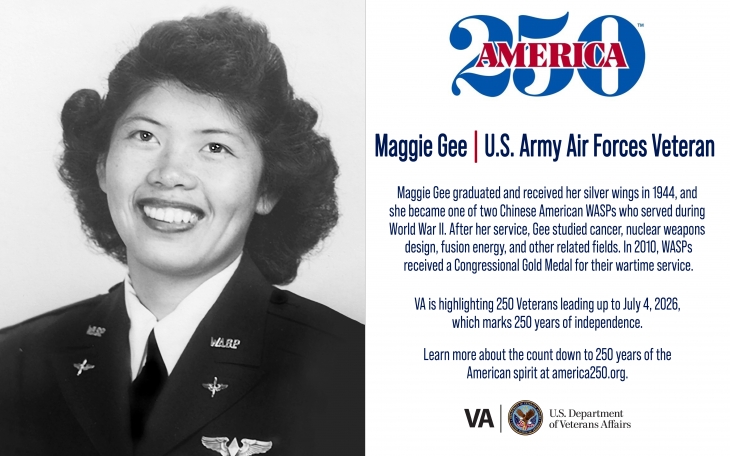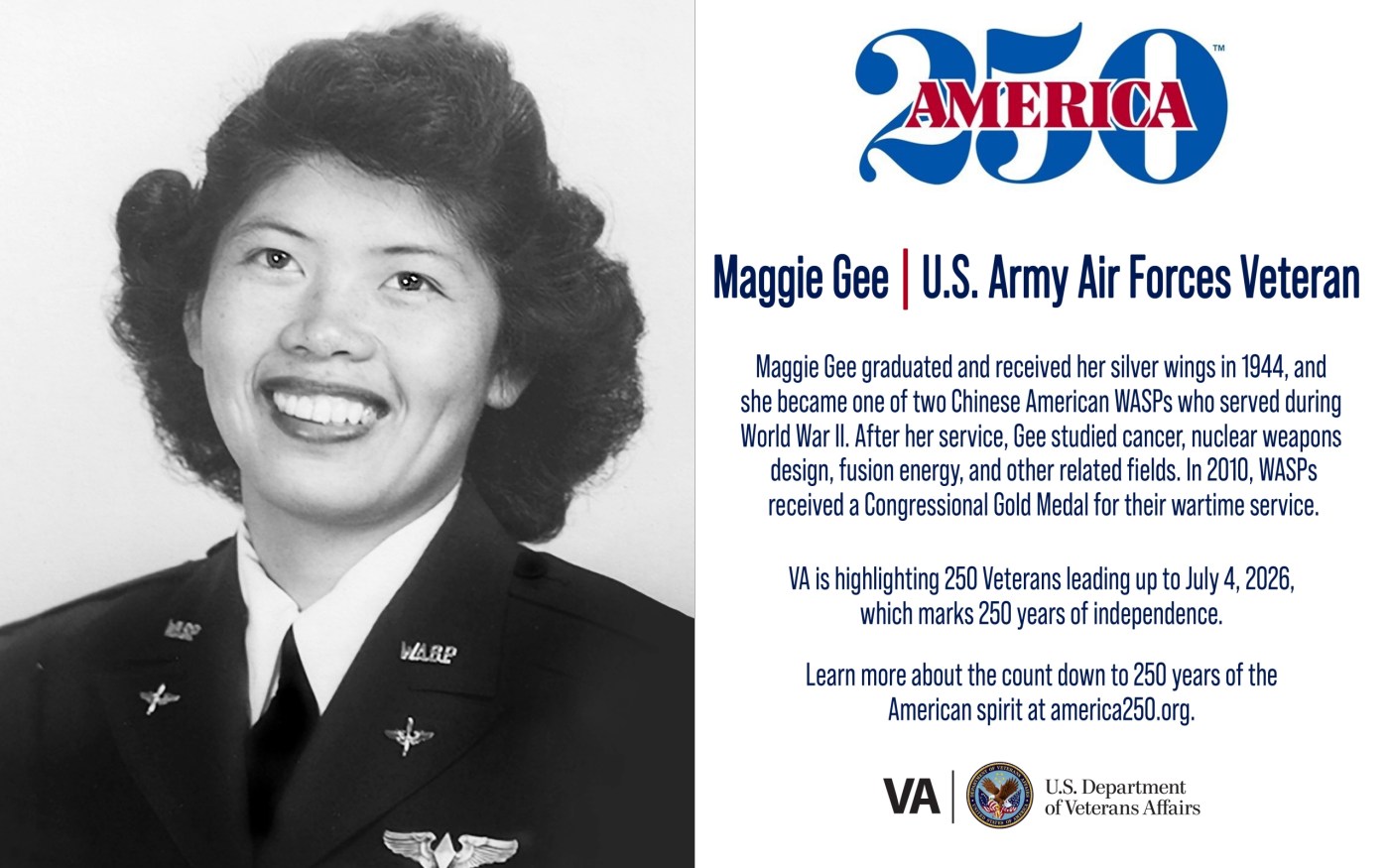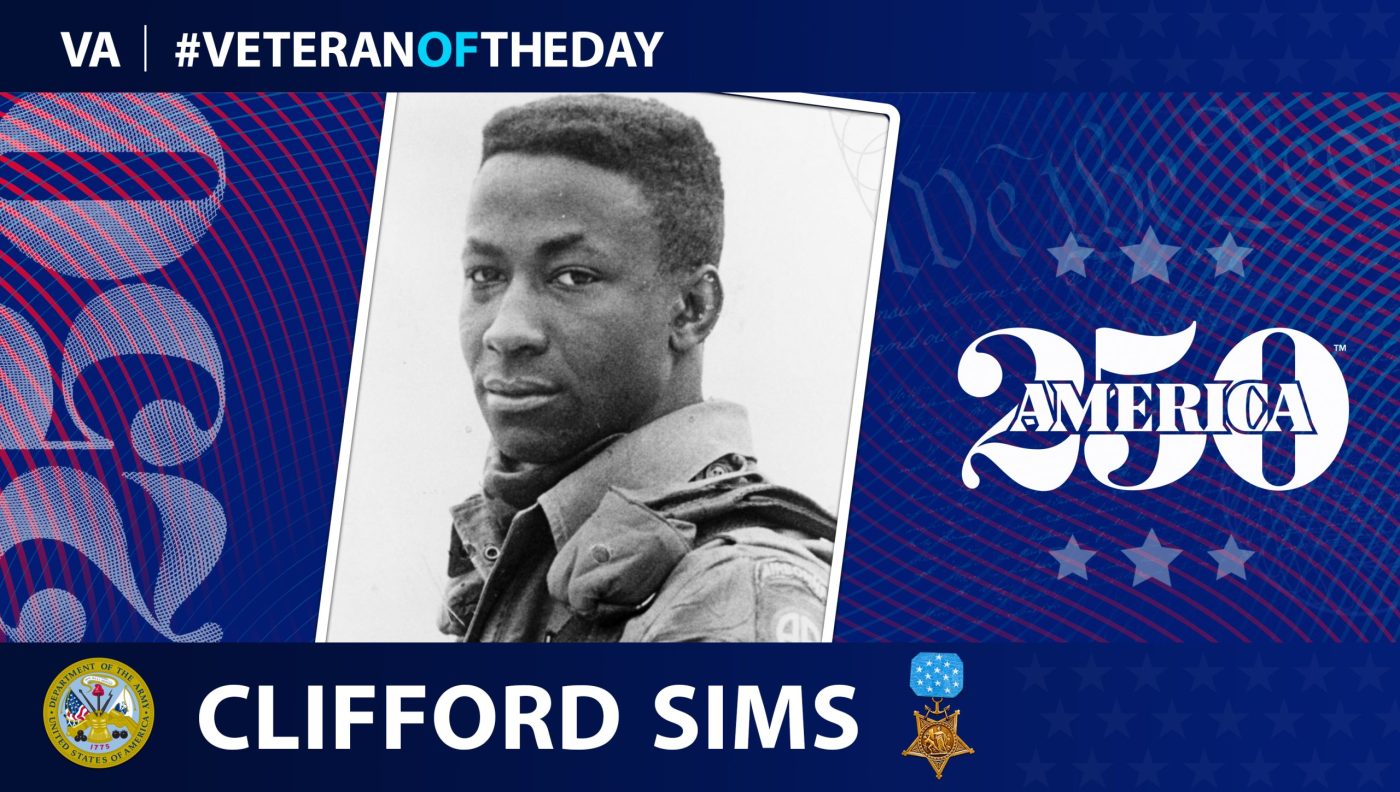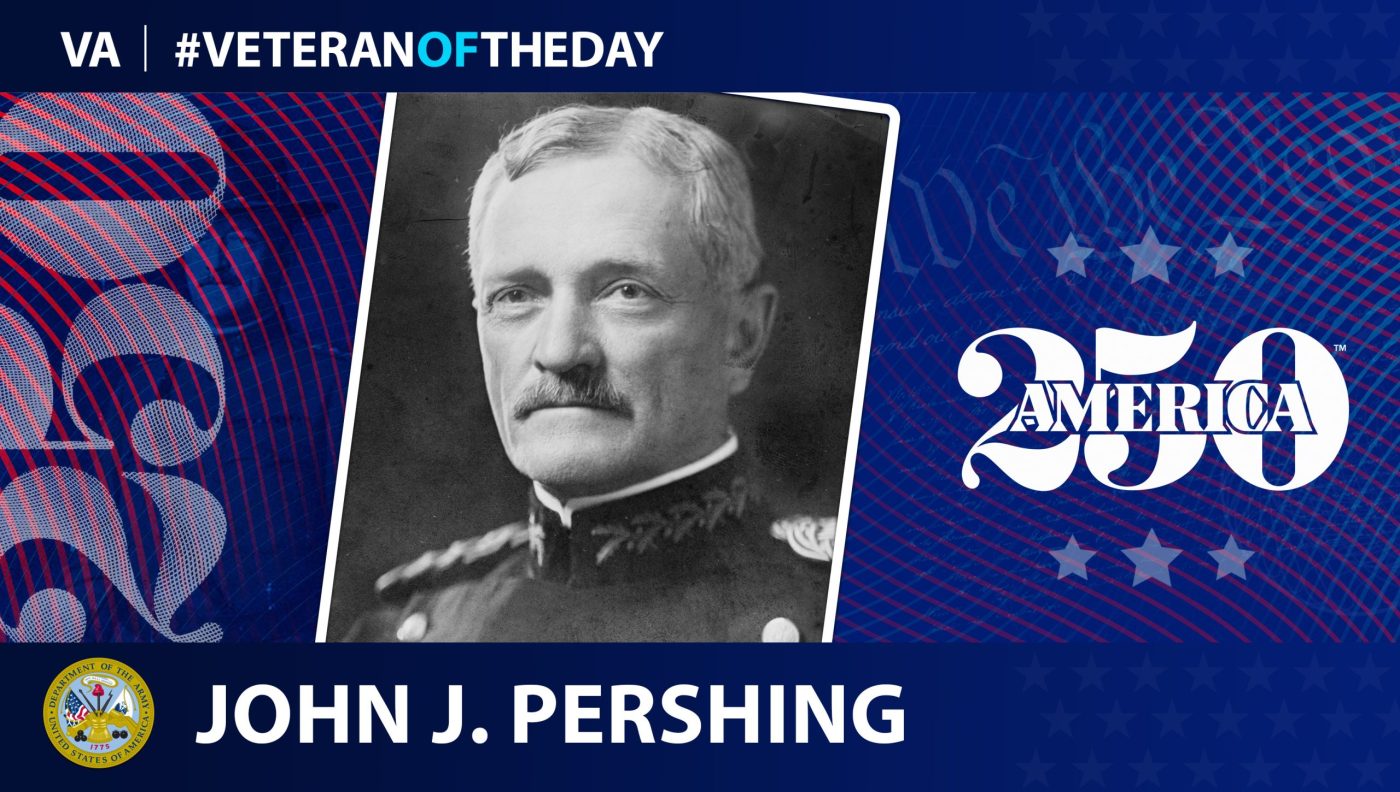
This week’s America250 salute is Army Air Forces Veteran Maggie Gee.
Growing up in Berkley, California, Maggie Gee became interested in flying during her family’s Sunday outings to the Oakland airport to watch planes take off.
“I loved how the vibrations echoed in my bones,” she said in her profile on the University of California Berkley (UC Berkeley) physics department page. “Just being there, being part of it all, made me feel big and powerful.”
Her heroes included Charles Lindbergh and Amelia Earhart, of which the latter frequently flew into Oakland and whom Gee saw once.
“When I waved, [Earhart] saw me and waved back,” Gee said.
In 1941, Gee enrolled at UC Berkeley to study physics. However, after the Japanese attacked Pearl Harbor in December, she dropped out to work at the Mare Island Naval Shipyards in Vallejo, California. She passed a drafting test and worked with engineers on classified repairs of Navy ships.
Gee still dreamt of flying and saved money for flying lessons while working at the shipyards. When she had saved enough, Gee moved to Minden, Nevada, and accumulated 50 hours of flying time, allowing her to apply to the Women Airforce Service Pilots (WASP) flying training program. This branch of the Army Air Corps trained women to be pilots and fly missions at home while men were fighting overseas.
“Jackie Cochran convinced Gen. Hap Arnold to use women pilots,” Gee explained in a 1998 interview. “She thought women pilots should have an opportunity to serve. The whole purpose, initially, was to take the planes from the factories, which were in California and the West Coast, where all the airplanes were being manufactured, to the East Coast to be shipped to England to our Air Force.”
Gee applied to the WASP program in the summer of 1944 and went to Avenger Field in Sweetwater, Texas, for training. In November 1944, Gee graduated and received her silver wings. She became one of two Chinese American WASPs who served during World War II, the other being Hazel Lee. After graduating, Gee served at Las Vegas Army Airfield in Nevada, where she was a tow target pilot for flexible gunnery training for male cadets. During this training, Gee flew a B-17 that towed targets while the cadets practiced shooting with live ammunition. She also flew damaged aircraft to repair sites. On Dec. 20, 1944, the WASPs disbanded in anticipation of the war ending soon. Though the women had served in the military, they were not considered Veterans and were ineligible for benefits until 1977.
Following the end of her service, Gee returned to UC Berkeley and earned a bachelor’s degree in physics. She then went to work at the Lawrence Livermore National Laboratory as a researcher and physicist. Gee studied many subjects including cancer, nuclear weapons design, fusion energy and other related fields.
“I learned from the flying experience that if there’s something you really want to do, pursue it,” Gee stated in a 2002 article for AsianWeek. “I wouldn’t listen to others that say you can’t do it. I would consider it a bigger challenge.”
In 1993, the Women in Aviation International’s Pioneer Hall of Fame inducted WASPs, and in 2010, Gee and other surviving WASPs received a Congressional Gold Medal for their wartime service.
“I’m very optimistic about the world and people,” Gee said on her CAF Rise Above page. “It will be all right… You can make changes. I think just one small person can make a little bit of change.”
Gee passed away in February 2013 at the age of 89.
We honor her service.
America250
VA is highlighting 250 Veterans leading up to July 4, 2026, which marks 250 years of independence. Learn more about the count down to 250 years of the American spirit at https://america250.org/.
Contributors
Writer: Sarah Concepcion
Editors: Julia Pack, Annabelle Colton
Researcher: Carl Wesseln
Graphic Designer: Kiki Kelley
Topics in this story
More Stories
Today's America250 and #VeteranOfTheDay honors Army Veteran Clifford Sims, who was posthumously the Medal of Honor.
America250 wants you to share your story. We want to hear the story of your service and your reflections on our nation’s past, present and future.
Today's America250 and #VeteranOfTheDay is Army Veteran John J. Pershing, who became General of the Armies of the United States, the highest rank possible for any member of the United States Armed Forces.





